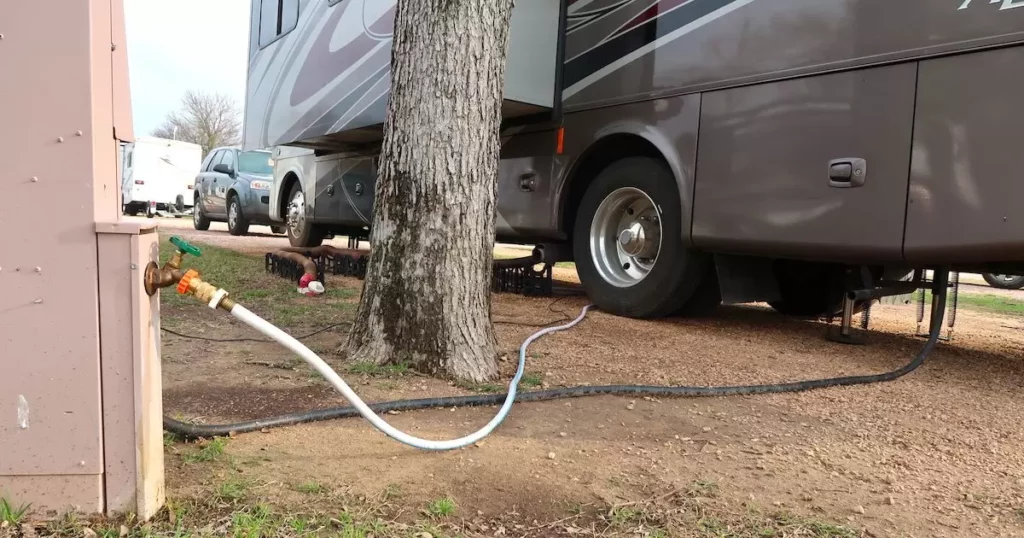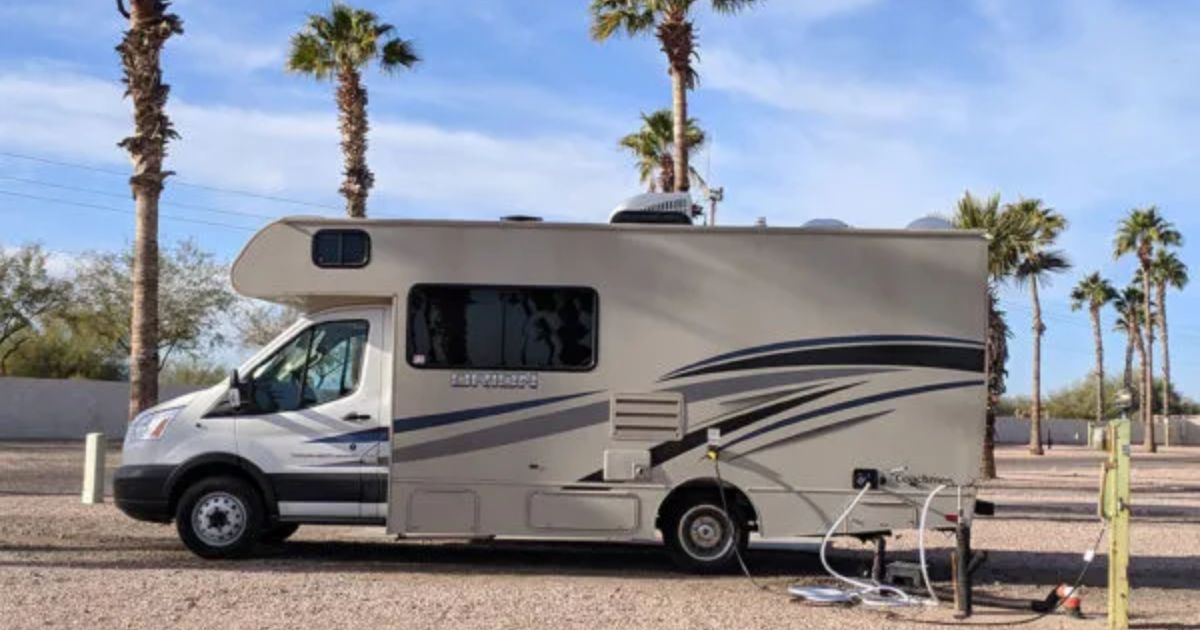Installing RV hookups involves setting up essential services for a recreational vehicle at a specific location. These services typically include electricity, water, and sewage connections. The process ensures that an RV can access these utilities, similar to a stationary home, enhancing comfort during travel or extended stays.
Have you ever wondered about the convenience of having your own RV hookups at home or on your property? Imagine the freedom and flexibility it would offer for your travels. How much does it cost to install RV hookups? This question is crucial for RV enthusiasts looking to bring the comforts of home to their mobile adventures.
The installation of RV hookups varies in cost, depending on factors like location, type of services required, and the complexity of the installation. Generally, it involves electrical work, plumbing, and possibly some construction.
Why Should I Install RV Hookups On Vacant Land?
Installing RV hookups on vacant land offers unparalleled freedom for RV enthusiasts. It transforms a simple plot of land into a potential home base or travel destination. With these hookups, you can park your RV and enjoy the comforts of home, making it an ideal spot for vacations or stopovers during long trips.
The addition of RV hookups on your property can also be a smart financial move. It can increase the value of your land and even provide a potential source of income if you choose to rent out the space. For those who love the RV lifestyle, it’s a practical investment that pays dividends in convenience and enjoyment.
What Are The Approximate Prices For Installing RV Hookups On Vacant Land?
The cost of installing RV hookups on vacant land can vary widely based on several factors. These include the type of hookups you need, the existing infrastructure, and the location of your land. On average, you can expect to spend several thousand dollars to get fully equipped with all necessary utilities.
Prices can range from a few hundred dollars for basic installations to several thousand for more comprehensive setups. This range reflects the cost of materials and labor, and the complexity of the installation. It’s important to get detailed quotes from contractors to understand the specific costs for your situation.
Build a Concrete Parking Pad
A concrete parking pad for your RV provides a stable and durable surface. It’s essential for keeping your vehicle level and protecting it from uneven or soft ground. The pad should be large enough to accommodate your RV and provide some additional space for ease of movement around the vehicle.
Constructing a concrete pad involves excavation, laying a gravel base, and pouring concrete. The cost will depend on the size of the pad and the thickness of the concrete. Expect to pay between $4 and $8 per square foot, with additional costs for labor and materials like gravel and reinforcement.
Install a Water Supply Hookup

A water supply hookup is crucial for a comfortable RV experience. It allows you to have a consistent and reliable source of water for drinking, cooking, and bathing. The installation involves connecting your RV to a nearby water line or creating a new one if necessary.
The cost of installing a water supply hookup can vary. It typically involves trenching to lay water lines, installing a water meter, and ensuring proper connections. Costs can range from $300 to $1,500, depending on the distance from the water source and the complexity of the installation.
Install an Electric Hookup
An electric hookup is essential for powering your RV’s appliances and lighting. This installation typically involves setting up a dedicated circuit from your main electrical panel to the RV parking area. It’s important to ensure that the hookup meets all electrical codes and safety standards.
The cost of installing an electric hookup can range from $500 to $2,500. This variation depends on the amperage required, the distance from the power source, and whether a new panel is needed. It’s crucial to hire a licensed electrician to handle this installation for safety and compliance.
Install a Sewage Hookup
A sewage hookup allows for convenient and hygienic disposal of waste from your RV. This system connects your RV’s waste disposal to a septic system or public sewer. It’s a critical component for long-term or frequent RV parking, ensuring a clean and comfortable living environment.
The cost to install a sewage hookup can vary widely. It involves digging, laying pipes, and connecting to a sewage system or septic tank. Prices can range from $1,000 to $3,000, depending on the distance to the connection point and the complexity of the work required.
How to Hook Up RV Water at Home
Hooking up RV water at home, including RV hookups to your property, involves connecting your RV to your home’s water supply. This process requires a hose, a pressure regulator, and possibly additional adapters or filters. It’s a straightforward task that ensures a steady water supply for your RV while parked at home.
To hook up RV water, locate your home’s outdoor water spigot and attach the hose with a pressure regulator. This regulator is crucial to prevent high water pressure from damaging your RV’s plumbing system. Ensure all connections are secure and leak-free for a reliable water supply.
FAQs
Can I install RV hookups myself to save money?
DIY installation can save money, but it may require skills and permits.
Is there a ballpark figure for a basic RV hookup installation?
Basic installations can start around $1,000 to $5,000.
Do I need permits for RV hookup installation?
Permits may be necessary; check local regulations before starting.
Conclusion
Upgrading vacant land with RV hookups is a smart move for any RV enthusiast. It not only enhances the land’s value but also offers the convenience of modern living in a mobile setup. Whether it’s for personal use or renting out, these installations bring a blend of comfort and adventure to your doorstep.
Taking the step to install RV hookups requires consideration of costs and practicalities, from building a concrete pad to ensuring proper water, electric, and sewage connections. It’s an investment in a lifestyle that celebrates freedom and flexibility, promising countless memorable journeys in your home away from home.











